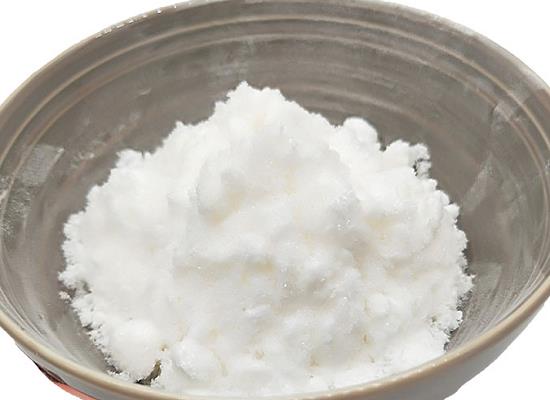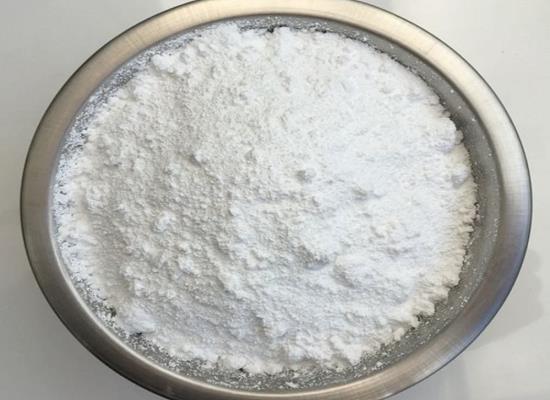Active Pharmaceutical Ingredients (API), popularly speaking, are the raw materials of medicines, only pharmaceutical raw materials are processed into pharmaceutical preparations , can they become medicines available for clinical use, so drugs we usually eat are the finished drugs through processing. Active Pharmaceutical Ingredients based on its sources can be divided into two major categories ,including chemical synthetic drugs and natural chemical drugs. Chemical synthetic drugs can be divided into organic synthetic drugs and inorganic synthetic drugs. Inorganic synthetic drugs are inorganic compounds ( very few is element), such as aluminum hydroxide, magnesium trisilicate which are used for the treatment of gastric and duodenal ulcers ; organic synthetic drugs are mainly composed of drugs made by basic organic chemical raw materials, through a series of organic chemical reactions (such as aspirin, chloramphenicol, caffeine, etc.). Natural chemical drugs ,based on its sources,can be divided into two categories including biochemical drugs and plant chemical drugs. Antibiotics are generally made by the microbial fermentation, which belongs to the biochemistry category. A variety of semi-synthetic antibiotics occurs in recent years,which are biosynthesis and chemical synthesis combining products.Among active Pharmaceutical Ingredients, the organic synthetic drugs varieties, yields and values have the largest proportion,which are the main pillars of the chemical and pharmaceutical industries. The quality of active Pharmaceutical Ingredients decides whether the formulation is good or bad , so its quality standards are very strict ,countries in the world have developed national pharmacopoeia standards and strict quality control methods for its widely used active Pharmaceutical ingredients.
Ethyl Vanillin: Pharmacokinetic Properties and Toxicity
Ethyl vanillin, a common flavoring, undergoes rapid metabolism, potentially causing toxicity at high doses, necessitating careful regulation for safety in food and drug applications.
Nov 18,2024 APIFuraneol: Biosynthesis and Pharmacological Activities
Furaneol, synthesized by yeast and bacteria in fermented soy sauce, possesses antimicrobial properties and activates odor receptors.
Nov 18,2024 APIPolymyxin B Sulfate: A Critical Antibiotic for Combating Multidrug-Resistant Gram-Negative Bacteria
Polymyxin B sulfate is a critically important antimicrobial agent, especially for combating infections caused by multidrug-resistant Gram-negative bacteria.
Nov 18,2024 APIAxitinib: Mechanism, Applications, and Stability in Targeted Cancer Therapy
Axitinib, marketed under the brand name Inlyta, is a small-molecule tyrosine kinase inhibitor (TKI) primarily used in the treatment of renal cell carcinoma.
Nov 18,2024 APIAgomelatine: A Breakthrough in Antidepressant Therapy
Agomelatine stands out as a distinctive antidepressant, offering a fresh approach in the pharmacological treatment of depression.
Nov 18,2024 APICefdinir:Pharmacological, Preparation, and Clinical Application
Cefodinir is an important antibiotic for combating bacterial infections, particularly its broad-spectrum activity and resistance to certain β - lactams.
Nov 18,2024 APILewis structure of Barium fluoride
The Lewis structure of barium fluoride (BaF2) is similar to CaF2. It is composed of a central barium atom (Ba) and two non-central fluorine atoms (F).
Nov 14,2024 APIDexamethasone: The Multifaceted Marvel in Medicine
Dexamethasone is a glucocorticosteroid used in the treatment of different inflammatory conditions related to allergic disorders, skin conditions and lupus, psoriasis, ulcerative colitis, arthritis and
Nov 13,2024 APICholine Chloride: An Essential Chemical for Various Industries
Choline chloride (ChCl) has been combined with renewable hydrogen bond donors (HBD) to form novel deep eutectic solvents (DES) with melting points lower than 100 °C.
Nov 13,2024 APIVoglibose: Overview, Properties and Synthesis from Valiolamine
Voglibose is a potent α-glucosidase inhibitor effective against hyperglycemia, obesity, and diabetes, with fewer side effects than acarbose. Its synthesis is complex and precise.
Nov 13,2024 API












